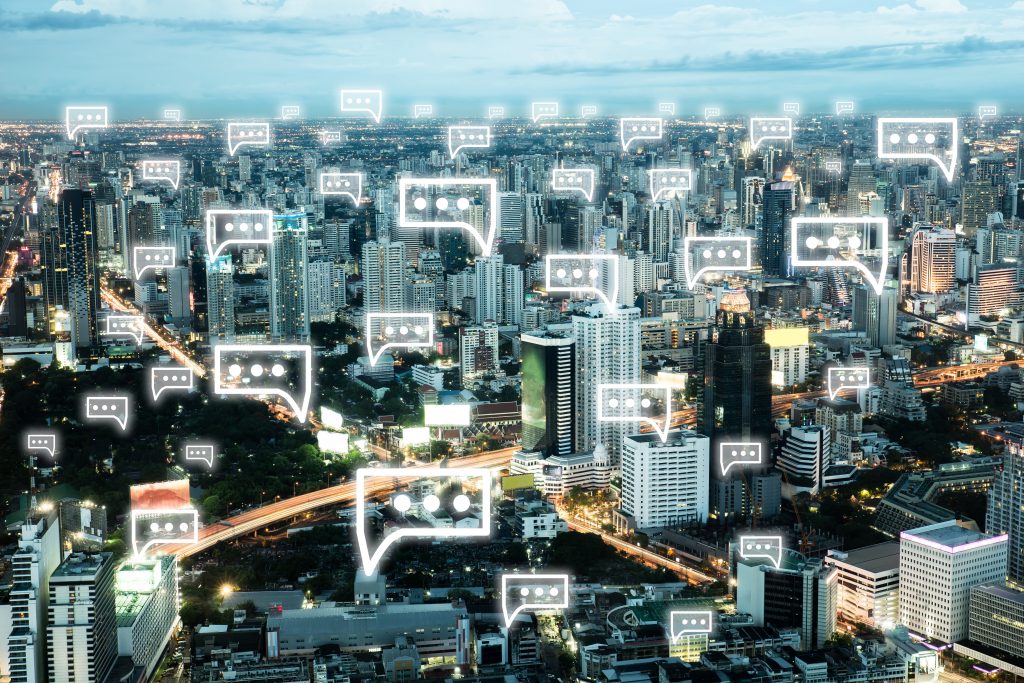Stronger Than Ever: The Internet and Network Traffic in the Middle of a Global Pandemic

With everyone working, studying, streaming, and playing at home, it was no surprise to see a worldwide traffic explosion. According to Cloudfare, internet traffic increased by around a quarter in many major cities around the world, between January and late March. Online activity has risen significantly but surprisingly, the internet is stronger than ever.
The global lockdown has forced everyone to become extremely reliant on our internet connection – so we can proceed with our daily routines and still be connected to the outside world. But the sudden surge didn’t break the internet one bit. In fact, the internet was designed with enough capacity to handle a surge in usage.
“IP was built to last through any sort of disaster, and the core was built to live through almost anything,” says Jonathan Davidson, senior VP and GM of Cisco’s Mass-Scale Infrastructure Group. Simply put – access to cutting-edge equipment and our ISP providers’ collective expertise in network planning and traffic engineering have made the sudden surge manageable.

It also helped that ISP providers around the world considered different possible catastrophes – pandemic included – in identifying channels to mediate network traffic. Andrew Dugan, CenturyLink’s Chief Technology Officer, also pointed out the three key factors helping the Internet successfully support the increased volume of traffic:
- Networks are built with redundancy to handle fiber cuts and equipment failures. This means creating capacity headroom to support sudden disasters.
- Network monitoring helps operators anticipate where congestion is occurring, allowing them to move traffic to less congested paths.
- ISPs have been building out networks for years to account for increasing demand, and planning specifications help prevent networks from reaching capacity
The sudden surge in volume did throw us a couple of digital roadblocks – video calls lagging, websites not working, and even emails that won’t send due to slow Wi-Fi connection. But come to think of it – these are minor setbacks, and nothing compared to the alternative, which is no internet at all.

The internet being stronger than ever is among the few good things that came out of this pandemic. At the end of the day, huge credit goes to our local broadband providers and their ability to be a hundred steps ahead. So if you’re wondering if the internet will crash soon?
Not quite, yet. The internet was designed to rise above worst-case scenarios, including a global pandemic.









